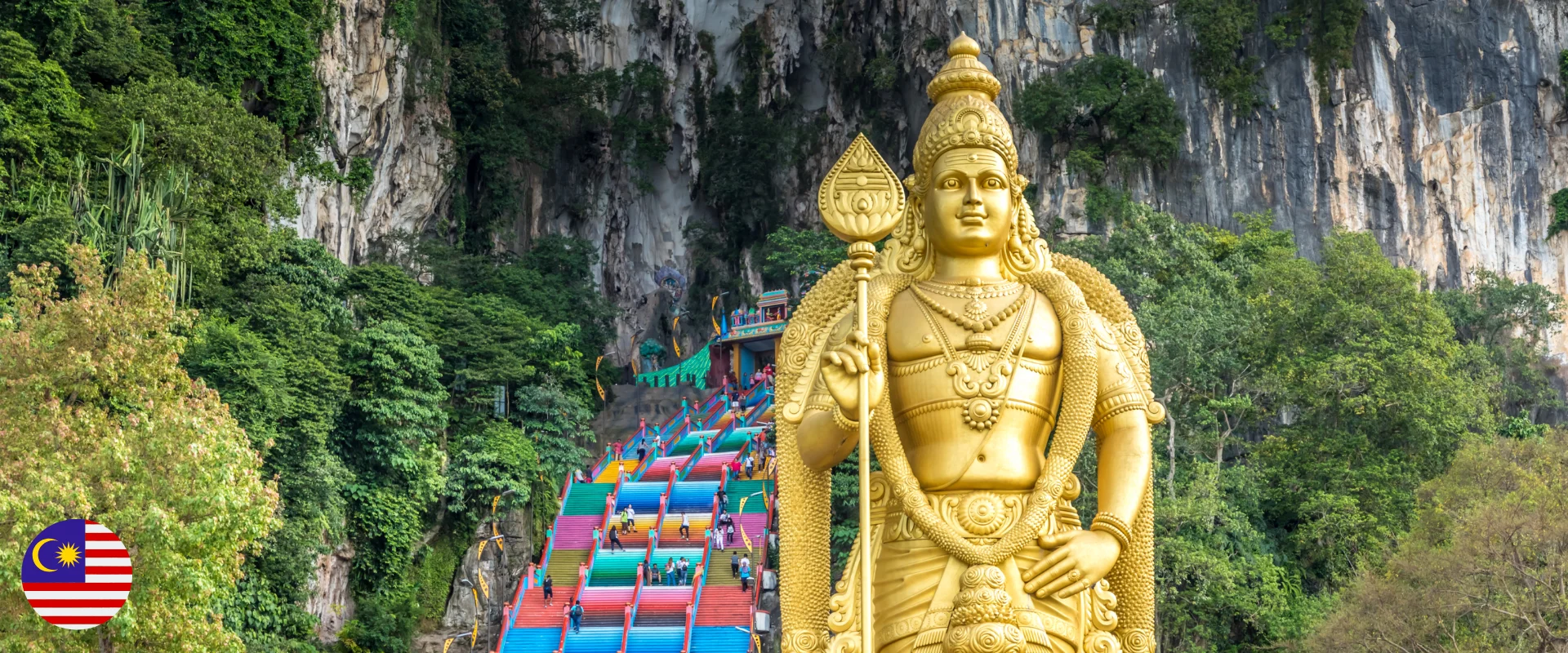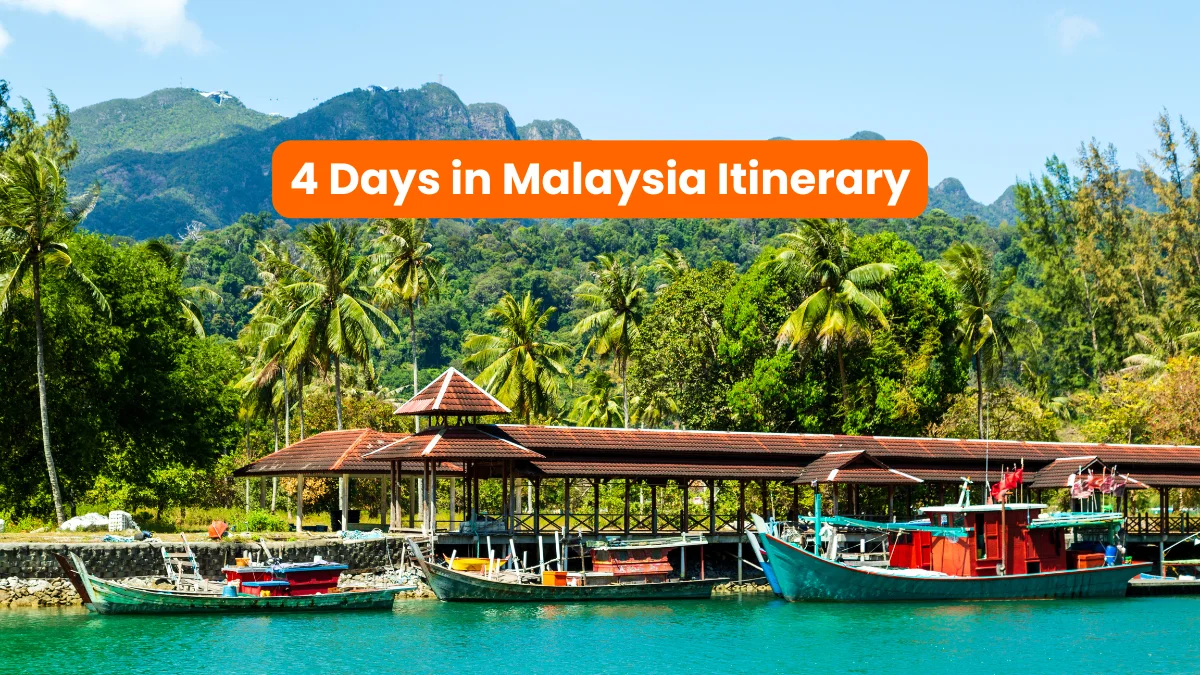The tapestry of Malaysian society is woven from its multicultural and multi-religious populace. Understanding the unique blend of ethnic groups in Malaysia enriches any travel experience, bringing you closer to the heart of the country’s identity.
Malay, Chinese, Indian, and Indigenous Communities
In Malaysia, the interplay of cultures among the Malay, Chinese, Indian, and indigenous populations creates a distinctive social landscape. Each community represents a unique heritage and adds to the rich cultural mosaic.
- Malay: As the largest ethnic group, the Malays are predominantly Muslim and uphold traditions such as batik painting and traditional dance. Their cultural practices are particularly noticeable during Islamic festivals, where rituals and communal gatherings are abundant.
- Chinese: The Chinese community, predominantly from southern provinces of China, contribute to the economic dynamism of Malaysia. They maintain festivals like the vibrant Chinese New Year, featuring dragon dances and family reunions.
- Indian: Primarily Tamil in origin, the Indian community in Malaysia brings a spice-laden palette to the country’s culinary and cultural outlook. Celebrations like Deepavali illuminate streets and homes, symbolizing hope and uplifting spirits.
- Indigenous Peoples: The tribal, indigenous communities inhabiting Borneo and the Peninsula hold strong ties to nature and ancestral practices. Festivals such as Gawai and Kaamatan celebrate harvest seasons and local traditions, emphasizing their deep connections to the land.
The convergence of these cultures creates a harmonious environment that is both lively and inviting. Engaging with local customs offers a unique window into the lives of Malaysian people, providing a deeper appreciation for the country’s multicultural identity.
Harmony in Diversity and Daily Life Customs
Malaysia prides itself on the harmony evident within its diversity, with cultural, religious, and linguistic variety showcased in daily life. The nation’s strength lies in its inclusivity, fostering an environment where distinct traditions coexist.
- Intercultural Celebrations: Malaysia’s festivals are often shared among communities, highlighting respect and mutual appreciation of diverse traditions. For instance, during Hari Raya, Malaysian families of all backgrounds often come together to celebrate, underscoring a spirit of unity.
- Culinary Unity: The Malaysian table is a representation of its cultural diversity. Traditional Malay cuisine like rendang might appear next to Chinese dim sum or Indian curry, each dish telling a story of Malaysia’s rich heritage.
- Community Living: In rural settings, local customs often reflect a deep bond within communities. Villagers engage in collective activities, with festivals and local markets being hubs for social interaction.
- Religious Harmony: In places like George Town, Penang, religious buildings of different faiths are often located side by side. This physical proximity mirrors the cultural acceptance and respect prevalent across Malaysian society.
By embracing this cultural multiplicity, Malaysians have created a unique social fabric that outsiders often find both fascinating and welcoming. Participating in daily life rituals in Malaysia provides a glimpse into the cohesive balance that defines this vibrant nation.
Urban vs Rural Lifestyle Contrasts
In Malaysia, the stark contrast between urban and rural lifestyles offers unique experiences for travelers seeking to understand the nation’s duality. Both settings boast distinct environments and cultural expressions, contributing to Malaysia’s multi-layered identity.
- Urban Living: Cities like Kuala Lumpur and Johor Bahru are bustling centers of modernity, offering a lifestyle infused with technology, fashion, and international cuisine. Urban areas provide access to high-end shopping, luxury hotels, and an array of dining options ranging from global chains to chic local eateries.
- Rural Traditions: Rural Malaysia is characterized by traditional practices, where agriculture and community are at the heart of daily life. Villages maintain time-honored customs, allowing visitors to experience an authentic slice of Malaysian culture through local ceremonies and communal farming techniques.
- Economic Opportunities: The urban environment is often seen as a land of opportunity, drawing young Malaysians seeking education and career advancement. In contrast, rural areas tend to focus on agriculture and crafts, providing a different kind of livelihood.
- Technological Disparity: Access to technology and modern conveniences is more readily available in urban centers, while rural areas may offer limited connectivity but possess an abundance of natural resources and traditional knowledge.
Exploring both urban and rural Malaysia enables travelers to appreciate the dynamic facets of the country, from its cutting-edge urban renewal projects to its serene countryside. Each setting has its unique charm, offering insights into Malaysia’s complex character.



